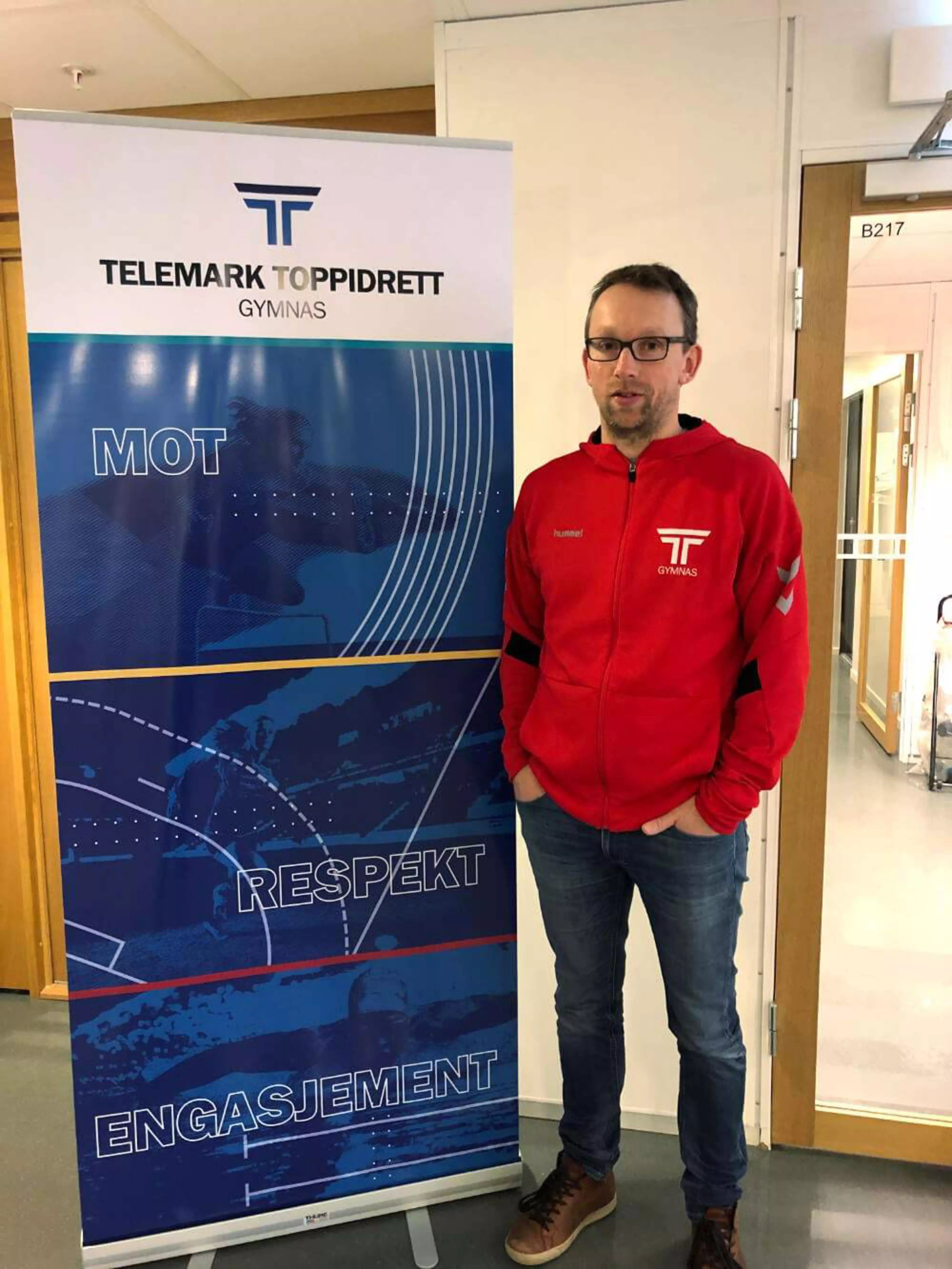
Using the full potential of digitisation for the document archiving process
Telemark Toppidrett Gymnas is a private secondary school that paves the way for students wanting to focus on elite sports while also obtaining comprehensive secondary education. With net sales of more than NOK 40 million and around 50 employees, this is in many ways a typical Norwegian medium-sized enterprise.
Simplifying the document scanning process
Telemark Toppidrett Gymnas has 250 students. The school scans and archives up to 2500 hardcopy documents in its digital archive system every year. This system also includes all other digital documentation stored by the school.
Digitisation began when a secretary started scanning documents into an email to herself. The documents were then downloaded from the email and archived. Willing to scan directly to the archive, Telemark Toppidrett Gymnas was looking for a strong partmer, who knows its business.
“We needed a more efficient way of using digitisation, so we got in touch with Konica Minolta because we already had multifunction printers and office equipment from them. We hadn't used this potential effectively enough,” says Stian Tangen, Head of Studies. This requirement led to closer discussion with Konica Minolta on a more extensive archive system that could meet their needs and automate routine work linked with the actual digitisation of documents. The school decided to go with M-Files.
M-Files is an archive system offering rich functionality that is closely integrated with office equipment. Nowadays, the secretary scans hardcopy documents directly into the archive system, and that is all there is to it. All further work on documents takes place in a controlled digital process from there.
“We have a case manager working in the background who sits and tags the documents with metadata to make them more searchable, then we add them to the archive,” says Tangen.
Besides documents received in hardcopy format, the school also stores digital documents, spreadsheets, emails and suchlike in its archive. Anything that is worth archiving can simply be moved to M-Files and tagged with metadata to make it easier to find.
A solution that ensures control and security in privacy terms
As far as the school is concerned, the fact that the EU's GDPR Directive is taken into account with the solution is a very important element. M-Files uses what are known as vaults, access-controlled archives for documentation of various kinds. At the time of writing, Telemark Toppidrett Gymnas uses three such vaults: for students, HR and contracts. “Access to these vaults is controlled, and it's easy to prevent users viewing information that they shouldn't be able to access. This gives us a sense of security when it comes to privacy, while also freeing up more time for our secretary for more meaningful tasks than just standing by the photocopier,” says Tangen. Moreover, the system also ensures, that users dont store sensitive information for longer than they are allowed to.
“Both the student archive and the HR archive may contain sensitive information, but access to this is now controlled,” says Tangen. “Moreover, the system ensures that we don't store sensitive information for longer than we're allowed to. GDPR is important to us. That's why the fact that all our information is stored in a clear, easily searchable format in a single location to which access is controlled gives us a sense of security,” he says.
Making work more efficient and secure
All in all, everyone at Telemark Toppidrett Gymnas feels that their document management system is far more efficient and secure than it used to be. The project for implementing the solution was also a good experience for the school. “We held start-up meetings and workshops at the outset. During this phase, Konica Minolta were good at involving the people who were going to use the system in the project so that they took ownership of it. As a result, end-users saw the added value offered by the new solution and how it could make their lives simpler and more efficient.”
Konica Minolta controlled the development process throughout the implementation phase and submitted the solution at a handover meeting where all relevant points were reviewed prior to handover. “Konica Minolta made it safe to transfer the project to an operating phase where we took over responsibility,” says Tangen. M-Files is now fully operational at the school, and projects are currently under way to see how the system could be extended to new areas.

Stian Tangen
Head of Studies, Telemark Toppidrett Gymnas
"Privacy is important to us. Access is now controlled, and it's easy to prevent users viewing information that they shouldn't be able to access. This gives us a sense of security, while also freeing up more time."
Advantages
- Protection of sensitive information and more control of privacy: using of three different vaults (access-controlled archives) so that the access to both the student archive and the HR archive containing sensitive information is now controlled
- Increased efficiency (freeing up more time for staff for more meaningful tasks than just standing by the photocopier)
- Ensuring that sensitive information is not longer stored than it is allowed to
- All information is stored in a clear, easily searchable format
Challenge
- Scanning process was already implemented but the potential was not effectively used enough
- Need of a more extensive archive system (too many manual stages so far) that could meet their requirements and automate routine work linked with the actual digitisation of documents
- Taking the EU's GDPR Directive into account
Solution
- Implementation of the archive system M-Files: scanning of hardcopy documents directly into the archive system, all further work on documents takes place in a controlled digital process from there
